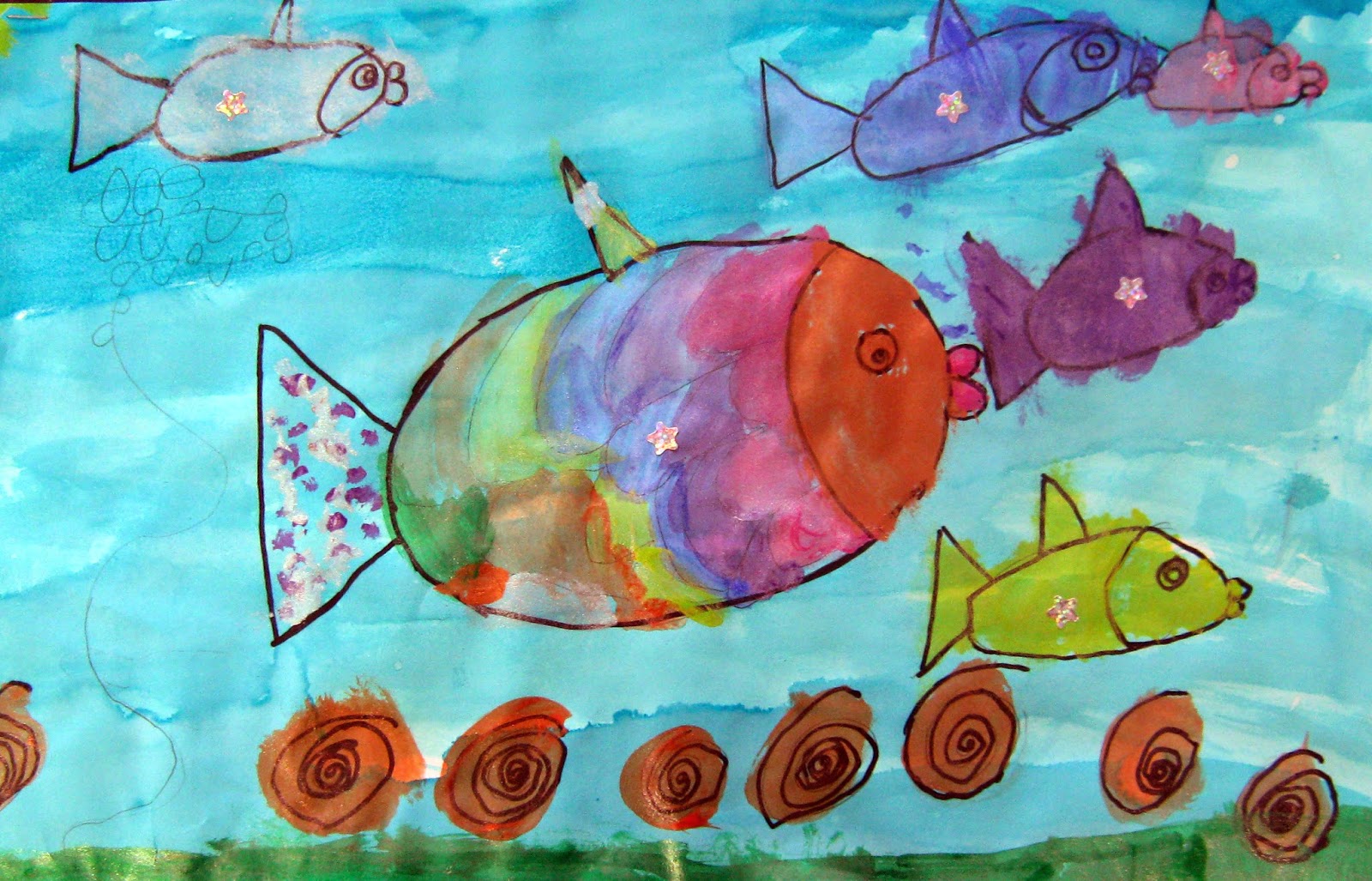Our latest drawing project was inspired by the work of Norman Rockwell, a beloved artist and illustrator who created scenes of everyday life in America during the mid 1900's. His drawings and paintings are remarkably realistic and show details that never fail to amaze his viewers. Best known for his illustrated covers of a popular magazine, "The Saturday Evening Post," Rockwell captured American culture at its best, through images of children, life in a small town, and current events. If anyone has a chance to travel to Stockbridge, Massachusetts, please stop off and visit the Norman Rockwell museum. It is the most wonderful place to visit in the Berkshire mountains!
Our project was based on Norman Rockwell's painting, "Stockbridge, Main Street at Christmas". Here, he captured the town he lived and worked in, creating a full street scene with festive details of the season and realistic architectural images.
To create our Ranney School street scenes, we studied the architectural details of the buildings in our school campus. Most of our buildings can be created with a long rectangle and a triangular roof over the front entrance. Some have a sloped roof, such as the Commons, and others might have large white columns, such as the GPA. Focusing on these differences makes our buildings very recognizable. To complete our scenes, we used colored pencils, and just like in Norman Rockwell's scene, some students added snowmen and bare trees to represent the season.
Here are some of our landscapes. To see them in detail, click on the image to enlarge the view. For all of our Ranney School street scenes, click on this link for artsonia.com.
 |
| Artwork by Eva |
http://www.artsonia.com/schools/school.asp?id=114839
 |
| Artwork by Catilyn |
 |
| Artwork by Marcella |
 |
| Artwork by Alexander H. |
 |
| Artwork by Peter |
Note to families...
This art blog will be updated regularly with new posts sharing our daily activities in the art room and news about upcoming art exhibits. To respect the privacy of our students, names will always be limited to first name only and identifiable photos will never be accompanied with a name. If you have any questions or comments, please feel free to write in the comment box below or send me an email at blevine@ranneyschool.org. I would love to hear from you!
In my class, students are given the chance to explore different materials and fun new techniques as they develop their signature style. Some young artists love to draw with a pencil, some like to paint on canvas or create images in a digital format, while others prefer working with clay and molding three-dimensional forms. In my classroom, we use a variety of materials allowing all artists to experiment and figure out which type of art they like the best. At Ranney School, we place a strong emphasis on originality and celebrate artistic differences, always nurturing and encouraging the imagination of every student.
Remember to check out our display of finished artwork and student portfolios in the Ranney home page of Artsonia.com. http://www.artsonia.com/schools/school.asp?id=114839

















.JPG)



